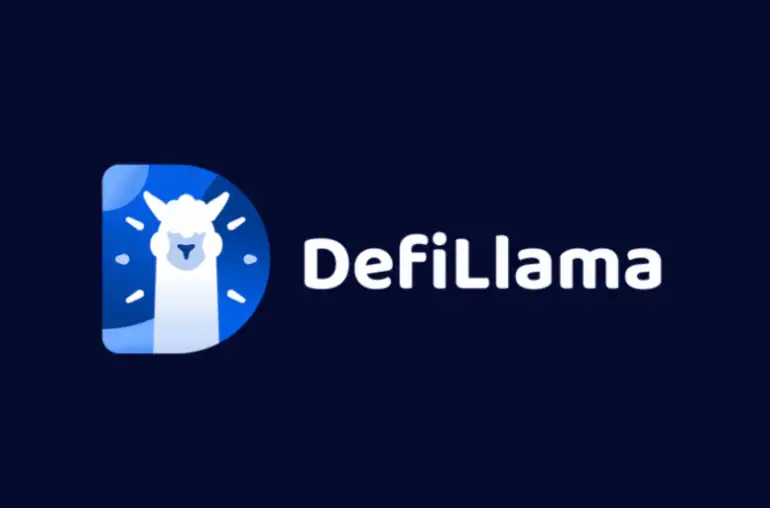From Solana to Sui: A strategic shift
Scallop’s journey began in 2021 when founders Kris Lai and Donnie Chen first built the protocol for Solana. But they made a calculated decision to pivot to Sui, drawn by the network’s low latency and scalability features. This move positioned Scallop as an early adopter in Sui’s developing DeFi ecosystem.
The team, which spans across the Asia-Pacific region, brings together expertise from DeFi, cybersecurity, and quantitative trading backgrounds. Their migration to Sui proved strategic, allowing them to leverage the network’s Programmable Transaction Blocks (PTBs). These PTBs can execute multiple operations within a single transaction, which significantly reduces gas costs and improves overall efficiency.
Scallop didn’t just adapt to Sui’s features—they built on them. They introduced Scallop Tools, a user interface that enables developers to create custom PTBs directly on their platform. This kind of developer-friendly approach has helped them gain traction.
Building institutional confidence
The protocol has attracted substantial backing from major investment firms including CMS Holdings, 6th Man Ventures, DWF Labs, and UOB Venture Management. They’ve also drawn support from notable angel investors like Dingaling, Pentoshi, and Mario Nawfal in early funding rounds.
What’s particularly interesting is their relationship with Sui Foundation and Mysten Labs, the developers behind the Sui blockchain. In January 2023, Scallop became the first DeFi protocol to receive a grant from the Sui Foundation. This partnership deepened in October 2024 when they secured strategic investment from the foundation to expand their DeFi offerings and drive ecosystem adoption.
Token economics showing long-term commitment
Scallop’s native token, SCA, serves dual purposes as both a utility and governance asset. With a total supply of 250 million tokens, allocations are distributed across liquidity mining, investors, and team contributors.
What caught my attention is the token locking behavior. As of October, over 50 million SCA tokens—representing 20% of total supply and 40% of circulating supply—are locked in the protocol. The average lock-up duration sits at 3.7 years, which suggests genuine long-term confidence rather than short-term speculation.
Users who lock their tokens receive vote-escrow SCA (veSCA), which unlocks governance rights, boosted rewards, and a share of platform revenue. This model appears to be working—Scallop reached a peak TVL of $195 million in late 2024 and has maintained liquidity near that level.
Kris Lai, Scallop’s CEO, put it bluntly: “We’re in a down market, but our users are still locking up 20% of supply for almost four years. That’s not speculation. That’s conviction.”
The veSCA model seems to be driving meaningful user engagement and protocol stability by aligning incentives with long-term participation rather than quick profits. It’s a different approach from many DeFi protocols that focus heavily on short-term yield farming.
While the numbers are impressive—$102.1 million TVL and $6 million in cumulative revenue as of September 2025—what’s more telling is the behavior of token holders during market downturns. The extended lock-up periods suggest users see real value in the protocol beyond just price appreciation.
Scallop’s story reflects a broader trend in DeFi where protocols are maturing beyond speculative assets into platforms with genuine utility and sustainable economic models. Their success on Sui also highlights how newer blockchain networks are attracting serious DeFi projects that can compete with established ecosystems.
![]()



